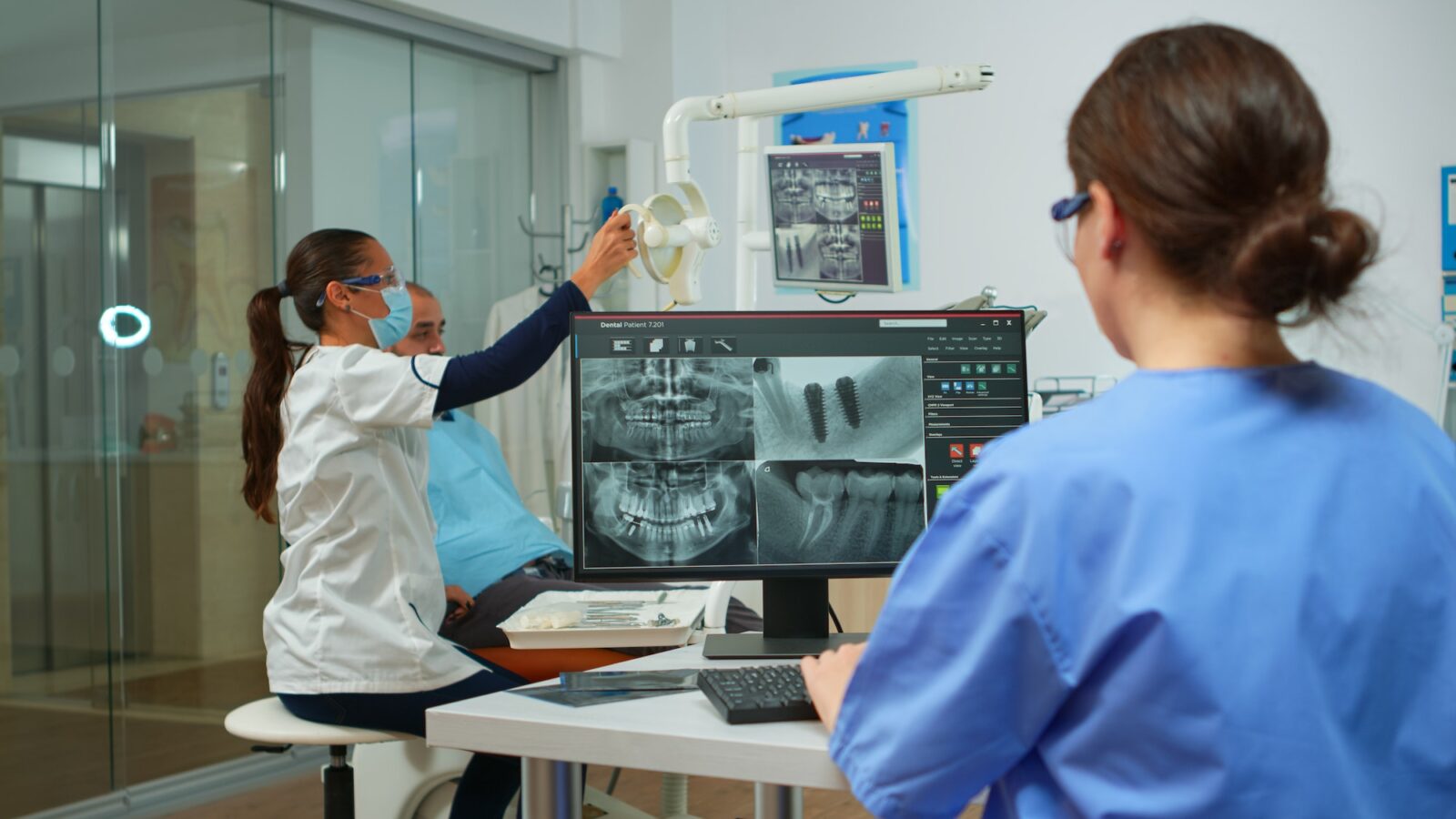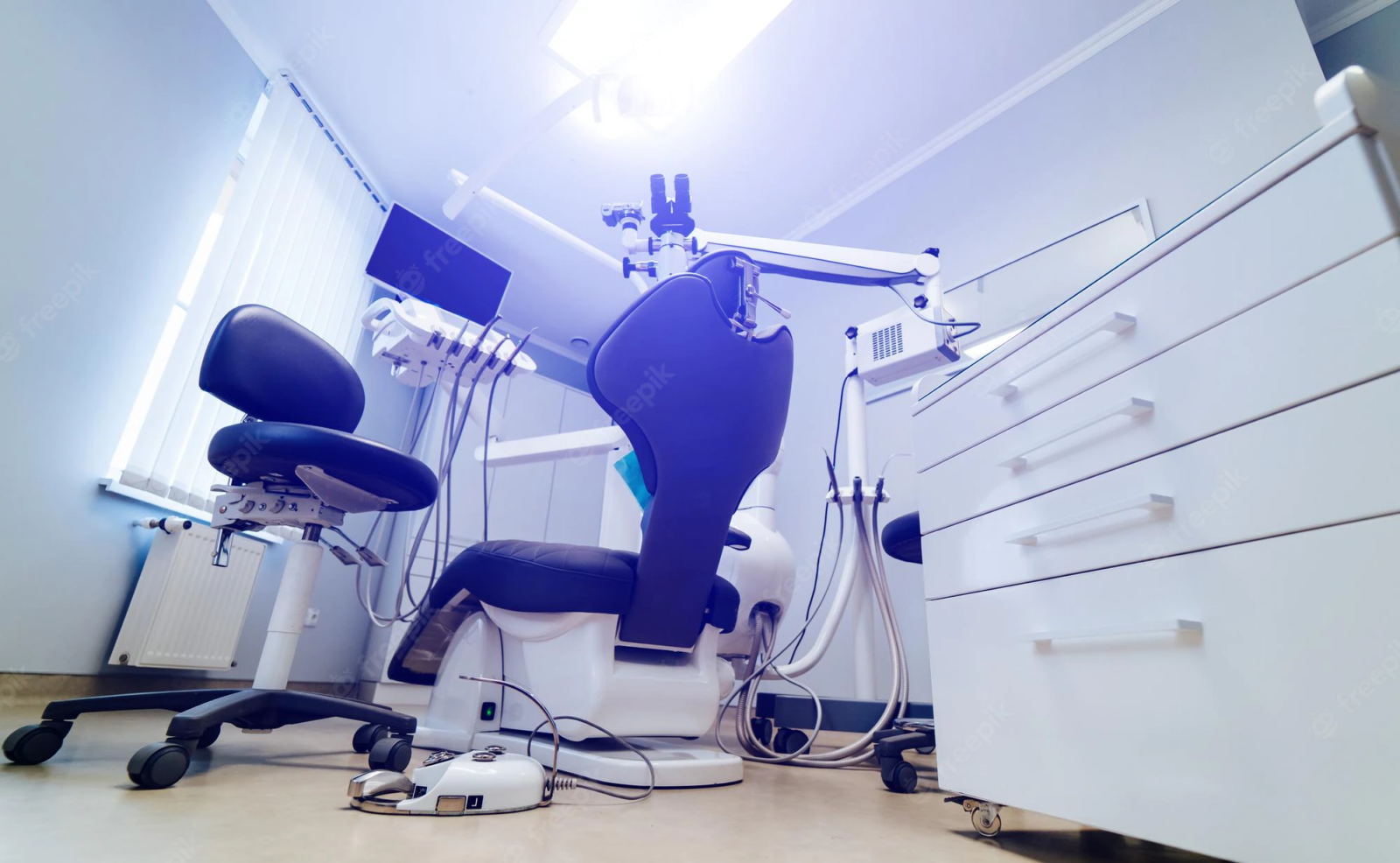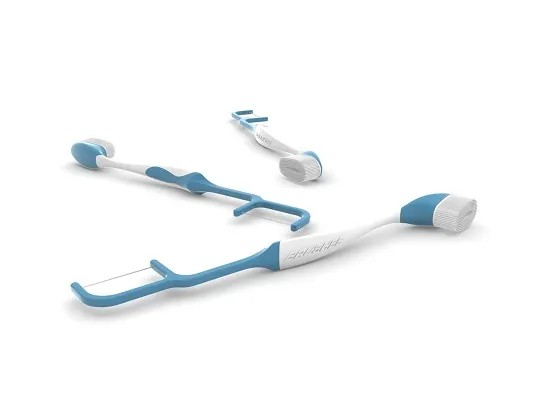Dental technology has come a long way since the days of manual drills and x-ray machines. Nowadays, the latest advances in dental technology have made it easier than ever for dentists to provide their patients with the highest quality dental care. From digital x-rays and lasers to 3D printing and CAD/CAM technology, dentists now have access to various tools that can help them diagnose and treat dental issues more accurately and efficiently. Not only do these tools reduce treatment time, but they also allow dentists to provide a more comfortable experience for their patients. Whether it’s a routine checkup or a complex procedure, the latest advances in dental technology can help make the process simpler, faster, and more comfortable.
What is dental technology?
Dental technology is the application of engineering and technology to the dental field. It is related to equipment used in dental procedures and in dental laboratory production of restorations and implants. Dental technology is a branch of dentistry that uses engineering to design and make dental instruments. Dental laboratory technicians make the instruments. Dental technicians work with dentists and dental hygienists. Dental technicians can make a difference in oral healthcare by improving the quality or effectiveness of dental procedures. Dental technology is also related to the design and production of dental prostheses and implants, including computer-aided design (CAD) and computer-assisted manufacturing (CAM). CAD/CAM is a computer-assisted system that automates the production of prostheses and dental implants.
Digital x-rays

Thanks to advancements in digital x-ray technology, dentists can now use virtual x-rays to reduce exposure to ionizing radiation. Virtual x-rays provide a very accurate representation of a patient’s teeth, but with a fraction of the radiation exposure of traditional dental x-rays. This means that virtual x-rays can help reduce the risk of tooth decay and gum disease among patients. It’s also a more comfortable experience for patients, as there is no need to bite down on an x-ray filter. Digital x-rays also give dentists instant access to the information they need to diagnose a patient’s condition, which means that treatment can begin sooner.
Lasers
Laser technology is another revolutionary dental technology that is helping patients to manage their dental care better. Laser dentistry has been used in the dental industry for many years, especially in the field of periodontics. Now, advances in laser technology have made it possible to use lasers in various other dental procedures, such as repairing cracks or chips in a tooth’s enamel, removing plaque, and performing root canals. Lasers can help to improve dental outcomes, reduce the number and severity of complications, and lower the cost of dental treatments overall. They’ve also been shown to reduce patients’ discomfort during dental procedures.
3D printing
In addition to being used in the medical field, 3D printing technology has also found a place in the dental industry. Using a patient’s x-rays and digital records, dentists can now 3D print custom-fitted dental appliances, such as retainers and crowns. These appliances can be made in a fraction of the time it would take to hand-make them. 3D printing also allows dentists to make a more customized and accurate appliance, which can improve the comfort and effectiveness of the treatment.
CAD/CAM technology

Computer-aided design (CAD) and computer-assisted manufacturing (CAM) have changed the world in many different industries, including dentistry. This technology allows for an entirely digitized process of designing dental restorations, such as crowns or bridges, and it has been shown to reduce treatment time significantly. CAD/CAM technology has also been shown to improve the accuracy of dental restorations, which can help to reduce the risk of tooth decay and other complications.
Benefits of the latest dental technology
There are many benefits of the latest dental technology. It is important to be aware of these benefits so you can choose a dentist who uses the latest technology.
- Improved patient outcomes – Dental technology can help lower the risk of missed diagnoses and false positives, resulting in more effective treatments, reduced dental costs, and improved patient outcomes.
- More accurate and precise treatment – Advances in imaging technology and lasers allow dentists to more accurately diagnose and treat conditions such as gum disease, tooth decay, and oral cancers.
- Reduction in treatment time – With the implementation of imaging technology and lasers, treatment times are reduced while maintaining the same level of accuracy.
- Improved patient comfort – Lasers and imaging technology can minimize discomfort during treatment.
- Reduction in treatment costs – More accurate diagnosis and treatment result in reduced treatment costs.
- Better decision-making – Newer imaging technology provides an accurate and more detailed view of the mouth, allowing dentists to make more informed and customized treatment decisions.
- Better communication – Dental imaging technologies allow dentists to communicate findings with patients better, resulting in improved treatment outcomes and patient satisfaction.
- Easier treatment planning – Imaging technologies allow dentists to visualize tooth positions and the surrounding anatomy, helping them plan more accurate restorations, such as crowns or inlays.
- Better monitoring – With 3D imaging, dentists can track the progress of gum disease and tooth decay, allowing them to make recommendations for treatment based on the data collected.
- Better diagnosis – Newer imaging technology provides an accurate and more detailed view of the mouth, allowing dentists to make more accurate diagnoses.
- Improved safety – Newer imaging technology provides an accurate and more detailed view of the mouth, allowing dentists to make more accurate diagnoses.
- Reduced radiation exposure – Digital X-rays expose patients to less radiation than traditional dental X-rays.
- Easier to share images – Digital images can be easily shared between patients and dentists.
- Easier storage – Digital images can be saved and easily accessed later.
- Better record keeping – Digital images are easier to track than paper copies of X-rays.
- Reduced travel costs – Telemedicine allows dentists to consult and treat patients remotely, reducing travel costs.
- Better collaboration – The implementation of specialized software allows dental teams to share information and collaborate more easily.
The future of dental technology
As technology continues to evolve and advance, future dental technology will likely be even more advanced than the latest advances in dental technology, such as laser dentistry, 3D printing, and CAD/CAM technology. As such, there’s no telling what dental technology may look like in the years to come or what it may be able to offer patients. There are many exciting new technologies currently in development that are likely to significantly impact dental care, such as blockchain technology, artificial intelligence, and augmented reality. These technologies will likely be implemented in dental care in due course, helping to improve dental care and making the dental experience even more convenient for patients.



